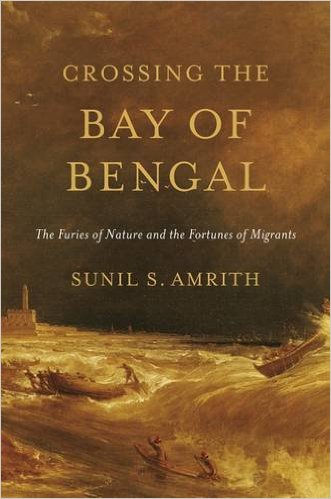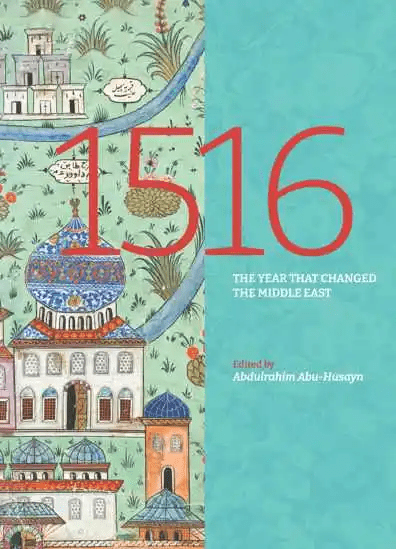
Crossing the Bay of Bengal: The Furies of Nature and the Fortunes of Migrants
Louis Werner
Sunil s. Amrith
2013, Harvard UP, 078-0-67472-483-9, $3150 hb.
To consider an ocean as a frame of reference is not unusual. Think of Fernand Braudel’s pioneering work on the Mediterranean, NATO’s policy building for the North Atlantic, or new trade agreements along the Pacific Rim. Social historian Sunil Amrith has taken the Bay of Bengal, the mirror image of the Arabian Sea in its own eastern half of the Indian Ocean, as his unit of analysis. He examines a body of water that until 100 years ago functioned almost as an organic whole along its coastal arc from Ceylon to Sumatra, unified by trade, labor migration, and cultural and religious exchange. Post-colonial independence movements later divided it down the middle between South and Southeast Asia (to use relatively new, Western-inspired geographic terms), but the Bay has more recently been reunited—in both problem and in promise—by the emerging economic superpowers of India and China and their regionally integrating investments. Even as typhoons and tsunamis sometimes still wreak havoc upon the half billion people living on its littoral, today they are threatened by environmental challenges such as river pollution and sea-level rise, while at the same time they are shown a model future in Singapore (as Amrith shows, the city state is a practical extension of the Bay proper) with its successfully fused multicultural identity, social stability and affluence.
You may also be interested in...

Editor Challenges Readers To Witness Islamic History Sans the Modern Lens In New Book
In 1516, Ottoman Sultan Selim I entered Damascus clean-shaven. What followed changed Arab-Turkish relations for 400 years.
Historic Mosques in Sub-Saharan Africa
From Mali to Tanzania, historian Stéphane Pradines traces a thousand years of Islamic architecture that forces us to rethink what we know about Africa’s past.